When nature calls on the road, having a bathroom in your RV feels like the ultimate convenience. But can you actually use it while the RV is rolling down the highway?
The answer isn’t as straightforward as you might think. Between state seatbelt laws and real safety risks, whether you can, and whether you should, use the bathroom while driving depends on a few factors.
Using the Bathroom in a Moving Motorhome
The bathroom might be right there, but using it while the RV is in motion isn’t as simple as walking down the hall at home. Motorhomes, whether Class A, B, or C, are still motor vehicles, and the same seatbelt rules that apply in a car apply here.
From a legal standpoint, it really comes down to seatbelt laws, which vary by state. In New Hampshire, for example, adults are not required to buckle up. A handful of states, like Oklahoma, Michigan, and Nebraska, only require front-seat passengers to wear seatbelts. However, most others, including California, New York, and Alabama, require every passenger to be belted while the vehicle is moving.
So what does that mean? The moment you unbuckle to use the bathroom, you’re no longer in compliance with those laws in many parts of the country.
Even where the law is less strict, there’s another layer to think about: safety.
RV bathrooms aren’t designed to protect you in a sudden stop or accident. Standing up or sitting on a toilet in a moving vehicle puts you at risk of serious injury. It’s not just about avoiding a ticket. If something goes wrong, you’re putting yourself at serious risk
So while a motorhome gives you the convenience of a bathroom on board, using it while driving usually puts you on the wrong side of both safety and most state regulations.
Sidebar: Travel Trailers and Fifth Wheels
What about towables? That’s a different story. In many states, passengers are not allowed to ride inside a travel trailer or fifth wheel while it’s being towed. A few states make exceptions if certain safety requirements are met, like having safety glass in windows, for example. There’s also a little more leeway if you’re riding in a fifth wheel versus a travel trailer. That said, it’s not a safe idea. Trailers lack the same level of crash protection as motorhomes, and the ride can be bumpy. That means using the bathroom in a towable while on the move isn’t a great option.
Practical Tips for RV Travelers
The easiest way to avoid problems is to plan ahead. If you know you’ll be driving long stretches, schedule stops so everyone has a chance to use the bathroom safely. Many RV trip planning apps and maps can help you find rest areas, fuel stops, and campgrounds along your route.
If you’re renting a motorhome, ask the rental company about their policies. Some spell out what you can and can’t do while driving. If you own your RV, take a look at the manufacturer’s manual. It may include recommendations about seatbelts and safe travel practices.
Think of it this way: the bathroom in your RV is a great convenience once you’re parked. On the road, staying buckled up is the safer choice.
Bottom Line
RVs give you the comfort of home on the road, but that doesn’t always mean you can use every feature while driving. In a motorhome, getting up to use the bathroom usually puts you outside the law in states that require all passengers to stay buckled. Even in places with looser seatbelt rules, the safety risk is real. With travel trailers and fifth wheels, it’s even more straightforward, as most states have very specific rules about allowing passengers inside while towing.
At the end of the day, when you gotta go, you gotta go. But the safest approach is simple: plan your bathroom breaks and pull over when needed. It keeps you on the right side of the law in most instances and gives you peace of mind knowing everyone in the RV is traveling as safely as possible.
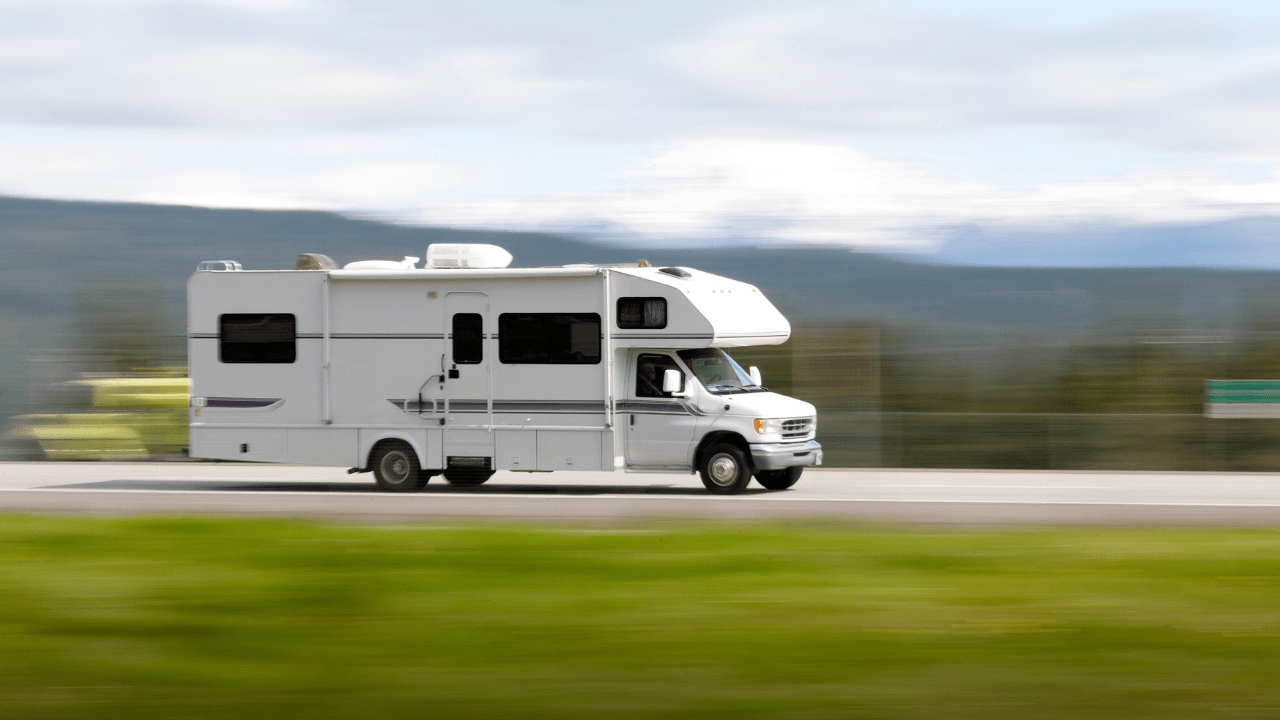
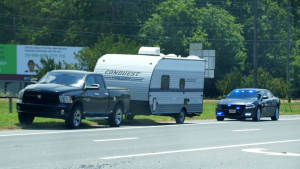
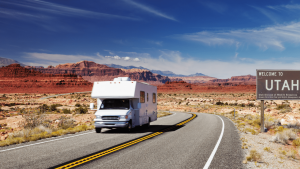
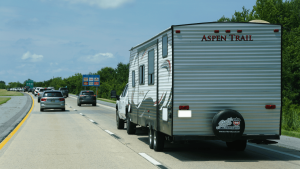
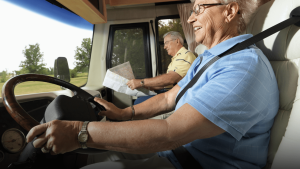
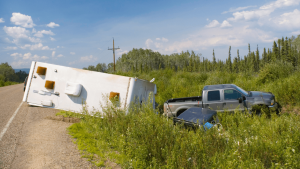
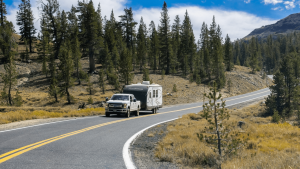
Write a comment